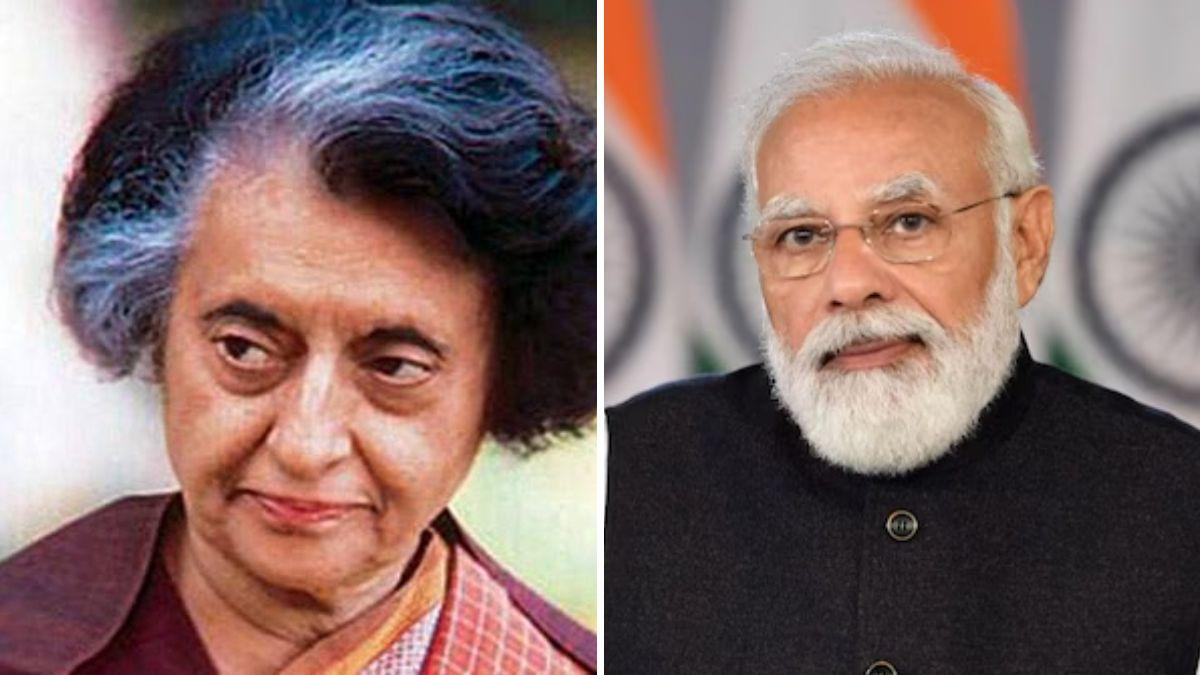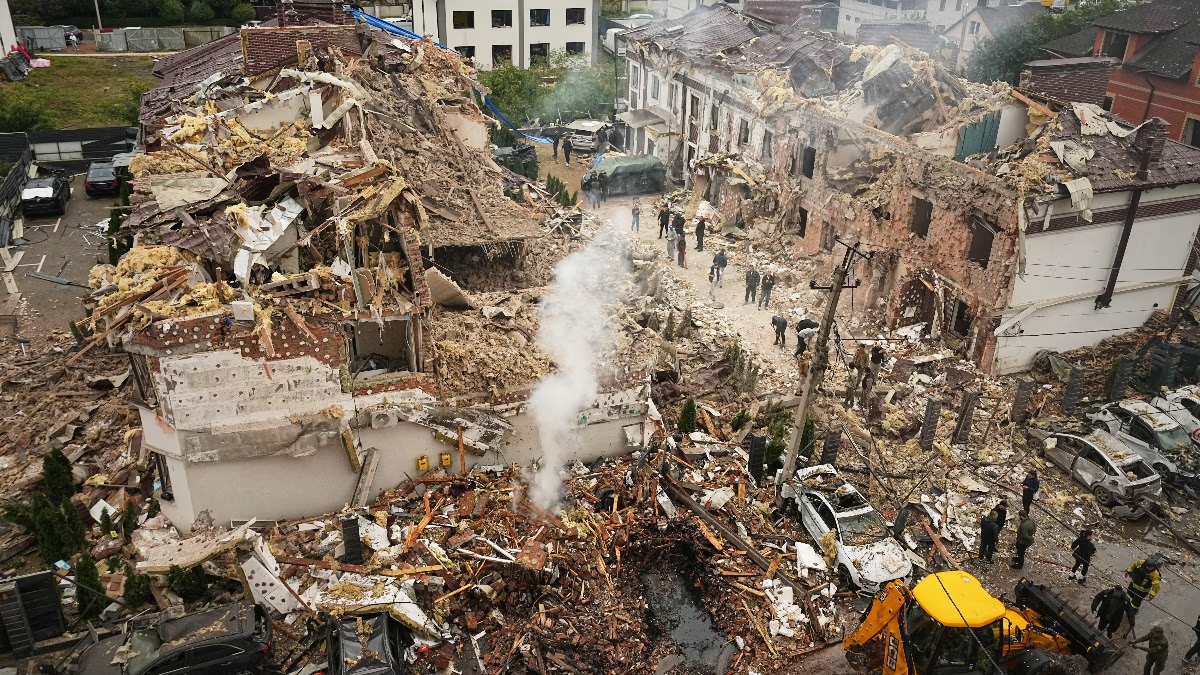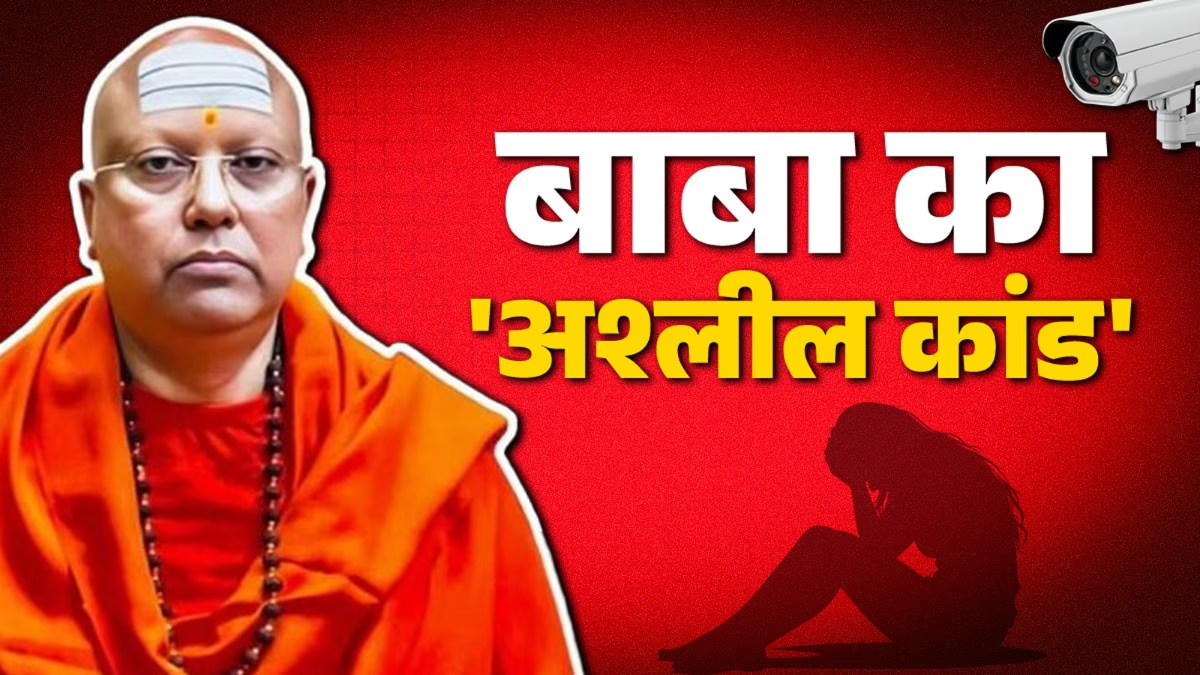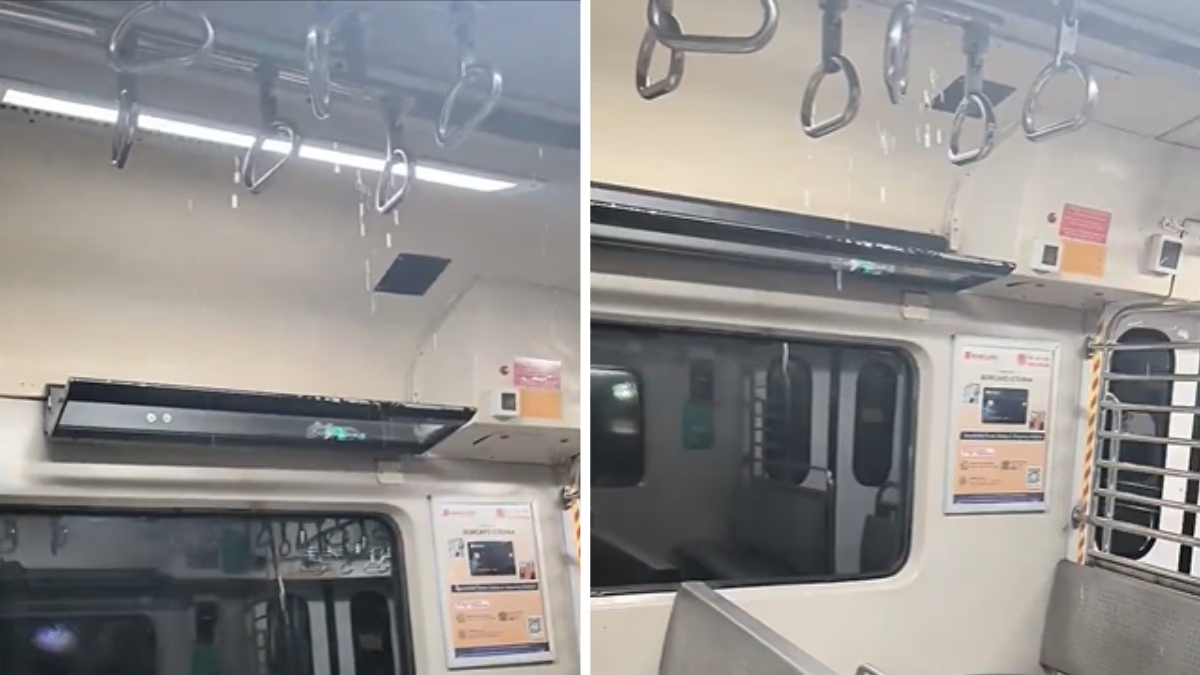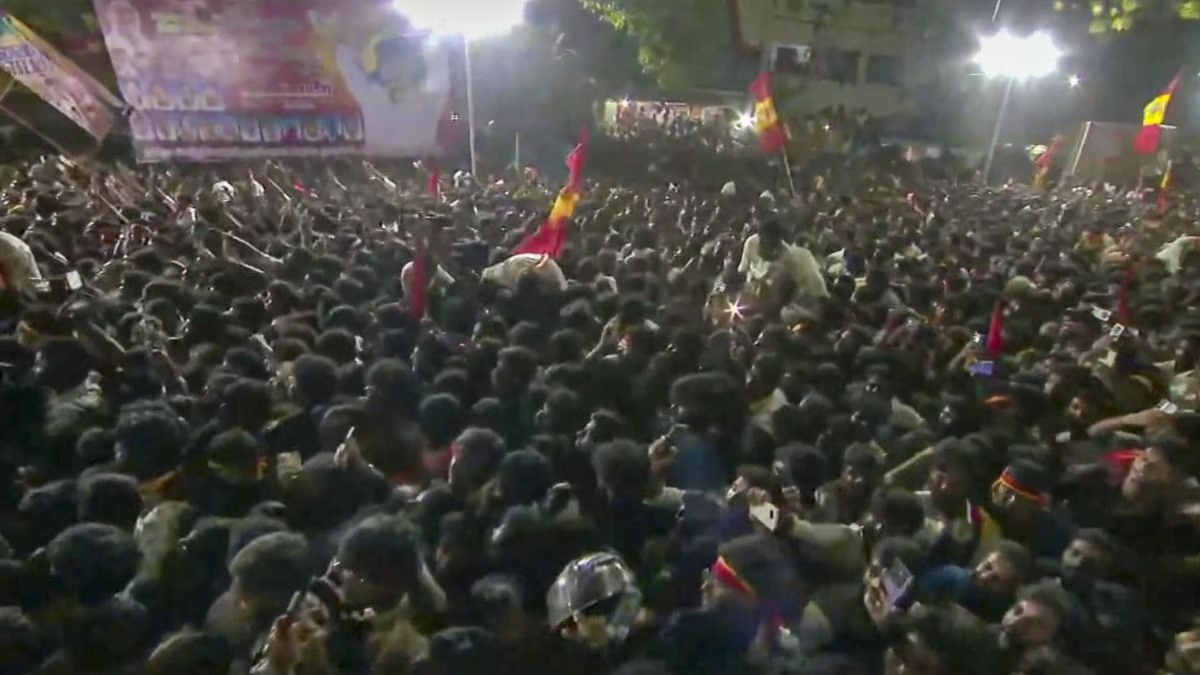Prime Minister Narendra Modi unleashed a fierce tirade against the opposition, specifically Congress, on Thursday. He was replying to the discussion on the President’s address in the Rajya Sabha. In this session, PM Modi mounted a significant attack on Congress, accusing their governments of toppling elected administrations the most.
PM Modi stated, 'Who are the ones that misused Article 356? One Prime Minister misappropriated Article 356 about 50 times, and that name is Mrs. Indira Gandhi. Opposition and regional parties' governments were overthrown. The leftist government chosen in Kerala, which Nehru disliked, was toppled. Stalwarts like Karunanidhi had their governments brought down. What did Congress do to NTR?'
Premier Modi also said that Congress harassed every regional leader. They’ve toppled elected governments around 90 times. Congress regimes have brought down DMK and leftist governments.
The Article 356 PM Modi referred to is commonly known as President's Rule. To date, this has been applied in various Indian states 132 times. Around 90 of these instances occurred during Congress-led central governments. Thus, let us delve into what Article 356 is and how it relates to Congress.
What is Article 356?
Known colloquially as President’s Rule, Article 356 allows for the dissolution of state governments in the event of constitutional failures or violations. If such a situation arises, the Governor can recommend President's Rule.
It is usually imposed for six months but can be extended up to a maximum of three years if conditions do not normalize. Once President’s Rule is imposed, all governance of the region falls directly under the President's control.
However, since the President acts upon the advice of the Council of Ministers, this essentially means full control shifts to the central government. President’s Rule can be revoked at any time.
When is President’s Rule Imposed?
There are generally two grounds for the imposition of President's Rule. First, if the President agrees to the Governor’s report that state governance is not following constitutional provisions. Second, if a state fails to comply with or implement directions from the central government. The second circumstance is detailed in Article 365.
Additionally, if no party or coalition gets a majority in state elections or if the assembly fails to elect a Chief Minister, President’s Rule can also be imposed.
When was Article 356 First Used?
The first use of Article 356 was in Punjab on June 20, 1951. It was kept in place for 302 days. Also, in 1959, Kerala’s democratically elected government was dismissed using Article 356.
It is believed that the central government grossly misused this section of the constitution in the 70s and 80s to bring down opposition governments. Former Prime Minister Indira Gandhi has been accused of maximum misuse of Article 356.
Indira Gandhi served nearly 15 years as Prime Minister before and after the Emergency. Between 1966 to 1977, it was used 36 times, and from 1980 to 1984, 15 times across different states.
Most instances of President's Rule have been during times when Congress held central power. However, this does not mean that only Congress has abused Article 356.
Following the Emergency, the Janata Party government formed with Morarji Desai as Prime Minister. In their three-year tenure, President's Rule was invoked 21 times, including 6 months under Charan Singh's leadership with Congress support. Upon the fall of the Janata Party, Indira Gandhi became the Prime Minister in 1980 again and imposed President's Rule across 9 states simultaneously.
BJP Not Far Behind
The BJP has also not been behind in utilizing Article 356. During Atal Bihari Vajpayee’s term, it was used five times.
Moreover, after the Modi government came to power in 2014, the trend did not cease. The examples of Arunachal Pradesh, Jammu & Kashmir, Uttarakhand, and Maharashtra evidence this.
In the current government's term, President's Rule was first imposed in Maharashtra from September 28 to October 31, 2014, after the collapse of the Congress government. So far, Article 356 has been employed ten times under the Modi administration.
Bommai Case Set Limits by Supreme Court
The misuse of President's Rule has often brought the central government under scrutiny. However, the Supreme Court made a landmark ruling in the 1994 SR Bommai case. SR Bommai served as Chief Minister of Karnataka from August 1988 to April 1989.
In April 1989, the central Congress dismissed Bommai’s government alleging lack of majority, and imposed President's Rule. Bommai challenged this in the Supreme Court.
The court's nine-judge bench issued a verdict in March 1994, setting broad guidelines for imposing President's Rule. The verdict declared that unless central governance fully employs Article 355, they should not even contemplate imposing Article 356.
Article 355 authorizes the central government to intervene in a state's law and order. It also oversees whether everything is functioning in accordance with the constitution or not.
Two States That Never Experienced President’s Rule
By now, it should be clear how central governments utilized Article 356 for their convenience. However, it may surprise you that two Indian states have never witnessed President’s Rule: Chhattisgarh and Telangana.
It is worthy to note that Jammu & Kashmir faced the longest stint under President's Rule for 6 years and 264 days, while Karnataka and West Bengal experienced the shortest duration of 7 days. Uttar Pradesh and Manipur have undergone it 10 times, the highest among states.
How Many Times Did Each Prime Minister Impose President’s Rule?
The list indicates dates spanning over the years of different Prime Ministers and the instances they invoked President’s Rule.
Article 356 is Not the Only Challenge
Dr. Ambedkar termed Article 356 'a dead letter' of the constitution when deliberated in the Constituent Assembly. It was expected to be seldom used. Unfortunately, the reality has differed.
While discussing with Aaj Tak, Supreme Court lawyer Virag Gupta said, 'Indira Gandhi's regime saw the most application of Article 370, but all parties have unfairly used it. Nevertheless, it has become harder to misuse Article 356 after the anti-defection law and the Supreme Court’s verdict. The role of the Governors has diminished as the determination of majority now happens in the legislative assembly. With time, abuse of Article 356 has decreased, which is positive for the constitution and federalism.'
Gupta further mentioned, 'A new challenge is emerging compared to Article 356. Many state governments allege that the Governors are preventing them from functioning fully. Such contradictions in the federal system, despite the Seventh Schedule's clear demarcation of jurisdictions, are not a good sign.'
